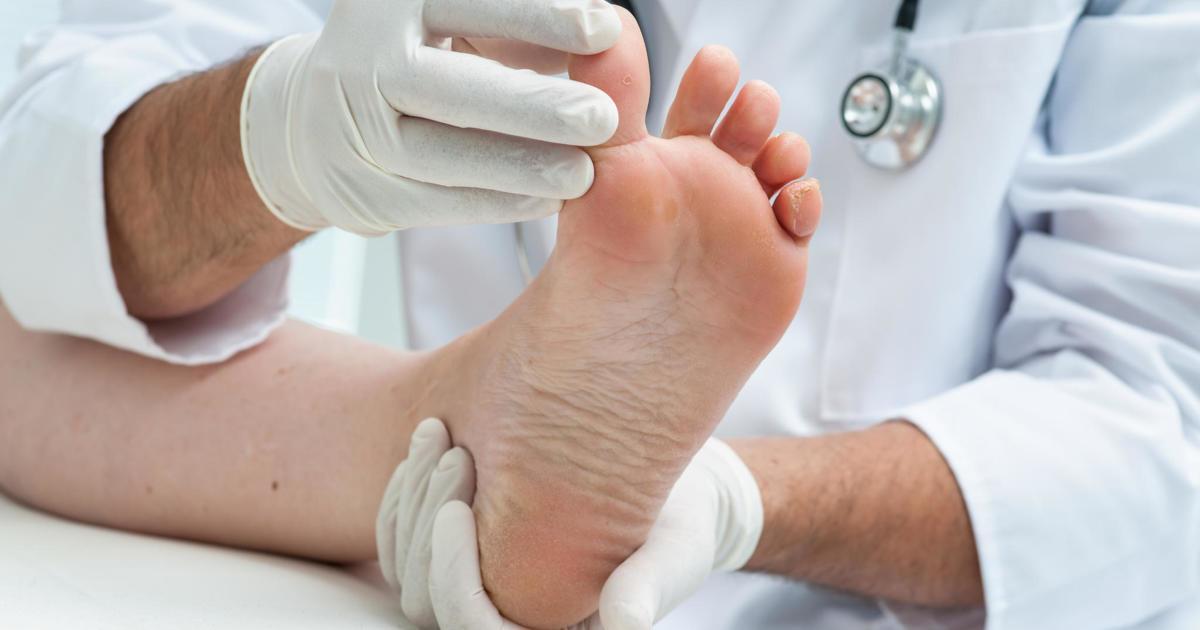How To Spot Sesamoiditis
Limping Or Shifting Weight On Foot
The pain associated with sesamoiditis causes many patients to walk with a limp or shifting weight on foot. Naturally, these gait abnormalities can make it difficult for the patient to engage in sports or even in normal daily activities, and they may increase the likelihood of falls. Since limping or shifting weight on the foot may be signs of a more serious condition or may indicate additional foot problems, an orthopedist or another doctor should properly evaluate these symptoms. During the appointment, doctors will ask about how and when the injury occurred. Doctors will examine the patient's affected foot and toes and compare it with the unaffected side. They may also examine other areas of the lower limb, including the ankle, knee, and hip to rule out different conditions. Patients will likely be asked to walk so the doctor can observe the limp and any other abnormalities in the patient's overall gait. Following a gait evaluation, physical therapy may sometimes be recommended to restore normal function, fluidity, and strength in the foot and gait. Physical therapists can suggest a series of exercises to build endurance in the toes and foot. One common exercise called marble pickups involves picking up a marble between two toes and placing it in a cup.
Discover more symptoms of sesamoiditis now.
Difficulty Moving The Big Toe

With the sesamoid bones being located just underneath the big toe, difficulty moving the big toe is a major symptom of sesamoiditis used in diagnosing the condition. Sesamoiditis patients may have difficulty bending and moving the big toe up and down and side to side. In particular, pain may be intense when trying to move the toe upwards. A clinical examination by an orthopedist can help determine the cause of these movement difficulties. During the exam, the orthopedist will touch the sesamoid bones and toes to check for swelling, discomfort, and pain. They may also bend the toe or ask the patient to try to bend it, paying particular attention to whether there is more pain when the toe is in an upward position. The painful side will be compared against the unaffected side. The doctor will order x-rays of the foot to check the sesamoid bones are not fractured to confirm sesamoiditis. An x-ray of the unaffected foot may also be taken to assess bone structure, and in some cases, a bone scan may be needed to obtain further information and confirm the diagnosis.
Get to know more about the various symptoms of sesamoiditis now.
